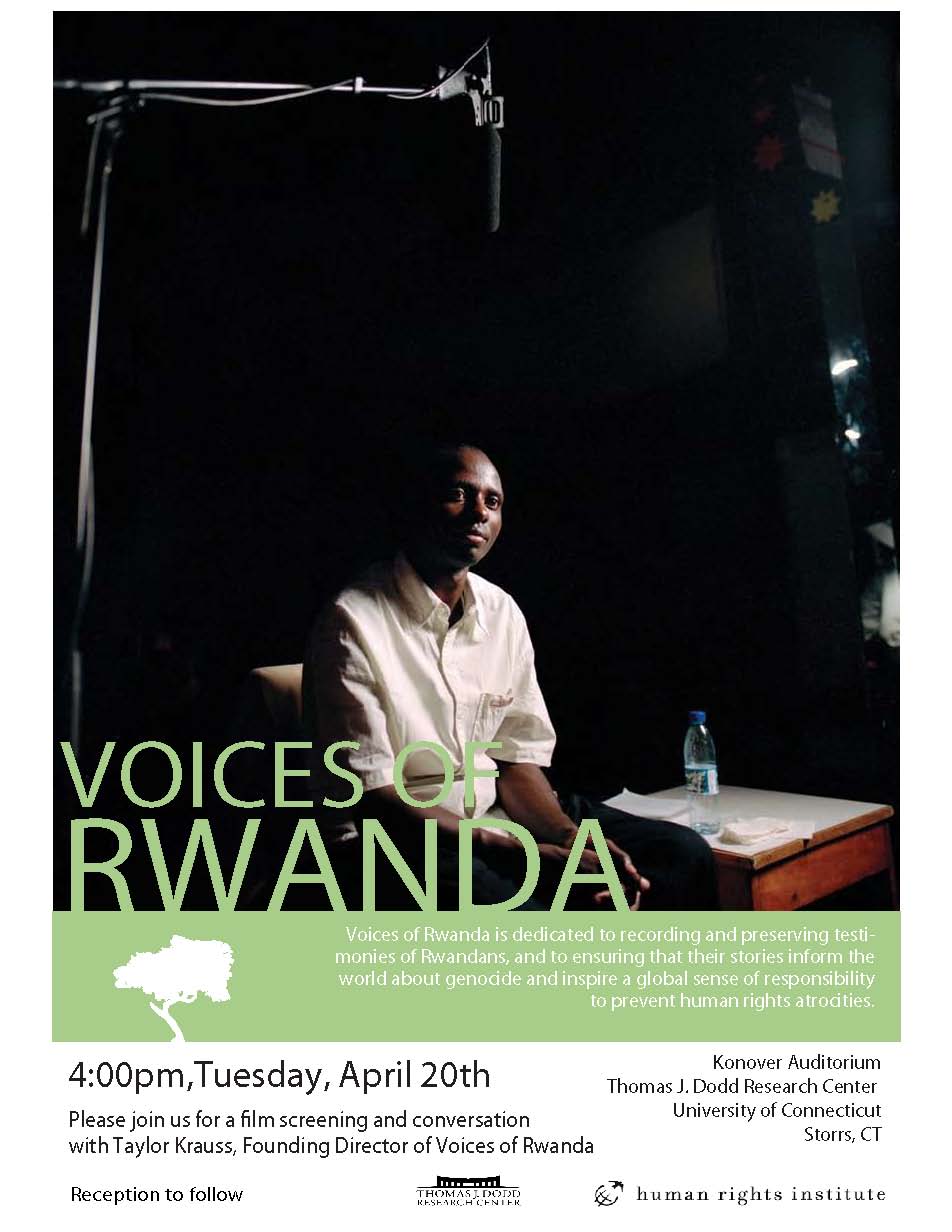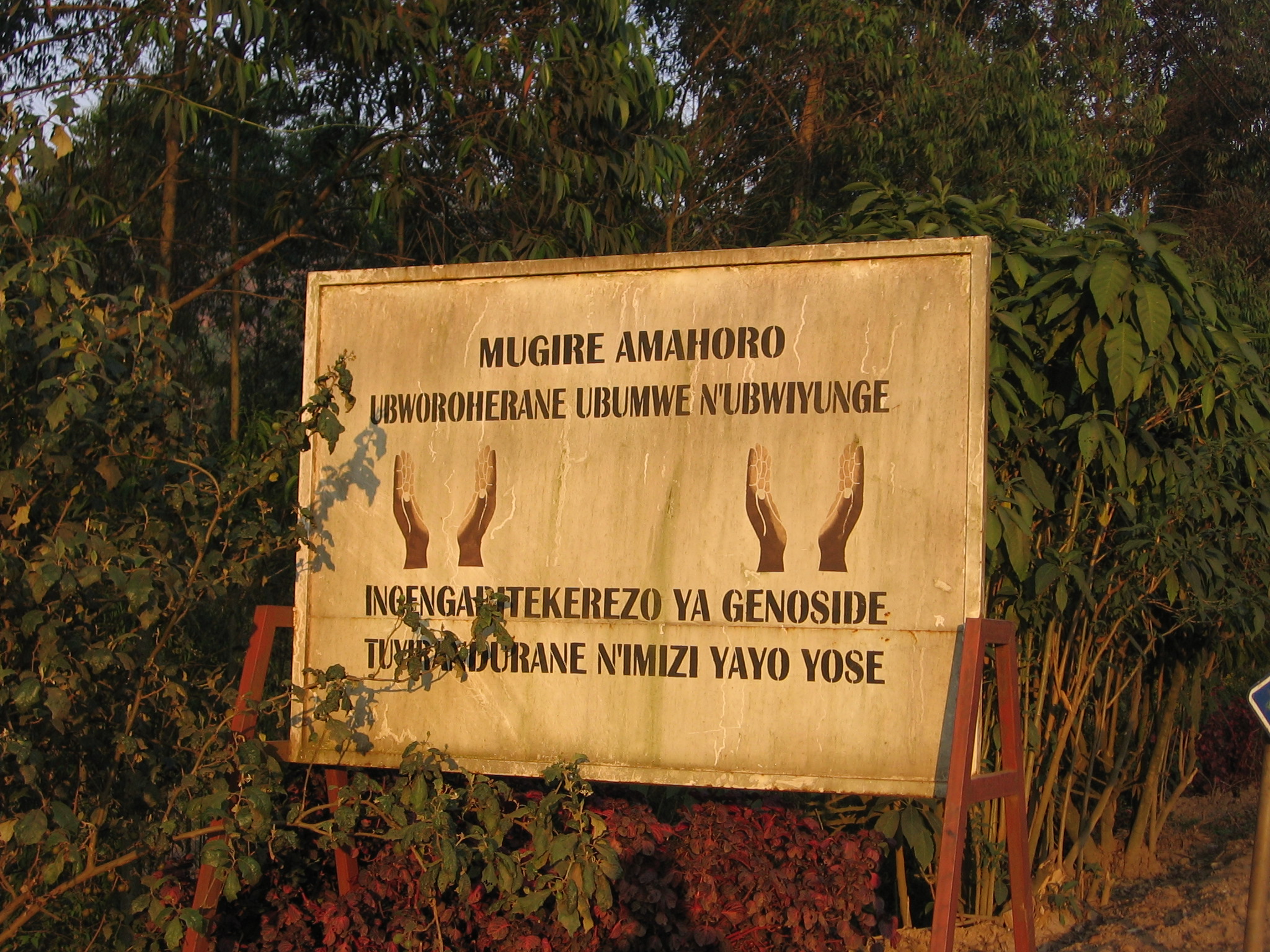The Global Youth Connect Human Rights Delegation was very well structured, with the first day comprising of a small group discussion of the articles, book chapters, and films on Rwanda that we had all read and watched before the program, as well as an overview of cultural expectations and norms. Our first site visit was to the Kigali Memorial Centre, the main genocide museum in Rwanda.
These are my notes, a combination of verbatim statistics and sentences from the exhibits at the Kigali Memorial Centre interwoven with my experiences being there at the Centre.
St. Paul’s, the Catholic guesthouse where we’re staying with 40 dormitory rooms and a few common spaces served as a refuge for 2,000 people during the genocide. Whereas the St. Famile church, just meters up the hill from St. Paul’s, openly collaborated with the interhamwe, the Hutu militias. In just 3 months, over 1 million were killed, tens of thousands were tortured, mutilated, and raped, and tens of thousands suffered from machete wounds and starvation. Following the genocide, there were 300,000 orphans and 85,000 child-headed households. The number of foreign troops used for the evacuation of westerners at the start of the genocide would have been sufficient to stop it up front, had they been used for peacekeeping, rather than evacuation purposes. The International Committee of the Red Cross and Medicins Sans Frontiers were the only international NGOs that remained in Rwanda during the genocide.
In the aftermath, there were 2 million refugees, with camps in Burundi, Tanzania, Uganda, and Zaire. Over 2/3 of the population of Rwanda was displaced, fleeing out of fear or guilt, or held hostage.
At least 500,000 women were raped by HIV positive men. The women were not provided access to drugs or medical care, yet the HIV positive planners of the genocide detailed by the International Criminal Tribunal for Rwanda at Arusha, Tanzania, were provided access to food and antiretroviral treatments.
In Kigali alone, there were thousands of roadblocks and mass graves.
Over 300,000 have been reburied at the Kigali Memorial Centre in mass graves among beautiful and peaceful gardens. Each coffin in the mass graves contains remains of between 10-50 victims. 75,000 names of victims are inscribed on the garden walls surrounding the graves. Families continue to bring bones and remains to be buried at the Centre and new mass graves are dug to accommodate the ever-expanding number of bodies. As one mass grave is closed and sealed, a new one will be dug and filled along the hillside.
The museum is incredibly well done– simple, powerful, and thought-provoking. The exhibits on the first level explain Rwandan history from colonial times to the present, including the genocide in graphic detail, with the events leading up to it and moments where it could have possibly been prevented, had other actions been taken. In the cenre of the museum, after you’ve passed through the history of Rwanda and the genocide, there are three interior rooms: one with photographs of victims hanging simply on pieces of wire; one glass cases of bones and skulls eerily illuminated in an otherwise dark room, with a hypnotic voice listing names of those killed; and a third room with clothing that the victims were wearing when they were killed, everything from traditional African fabrics to a Cornell University sweatshirt.
Upstairs there is a detailed exhibit about a handful of the thousands of children who were killed in the genocide, in heartbreaking detail. The exhibit starts with a girl of 2 months, and finishes with a 17 year old boy. The causes of death listed for each child are unthinkable. The photos of the children are enormous and translucent– they cover the windows and the sun shines through to illuminate them. It’s an ingenious use of space and natural light, and the sunshine coming through the photos of smiling children at birthday parties and siblings together in their homes, makes the tragedy of their early loss of life feel even more devastating. Captions give information about the children’s favorite foods, best friends, and goals in life. The plaque for a 10 year old boy, David Murgiraneza breaks my heart: His last words, as he was tortured to death, were “UNAMIR will come for us.” [UNAMIR was the United Nations Assistance Mission in Rwanda, a tiny peacekeeping operation put in place before the genocide to oversee the Arusha Peace Accords in 1993.]
But neither UNAMIR or anyone else ever did.
Beyond the children’s exhibit, there is an exhibit providing the history of other genocides in the 20th century, starting with the Hereros in 1909 in what was then South West Africa and is now Namibia, and finishing with Bosnia and the massacre at Sbrenica in 1995. It is definitely a site that requires more than one visit to take everything in.


